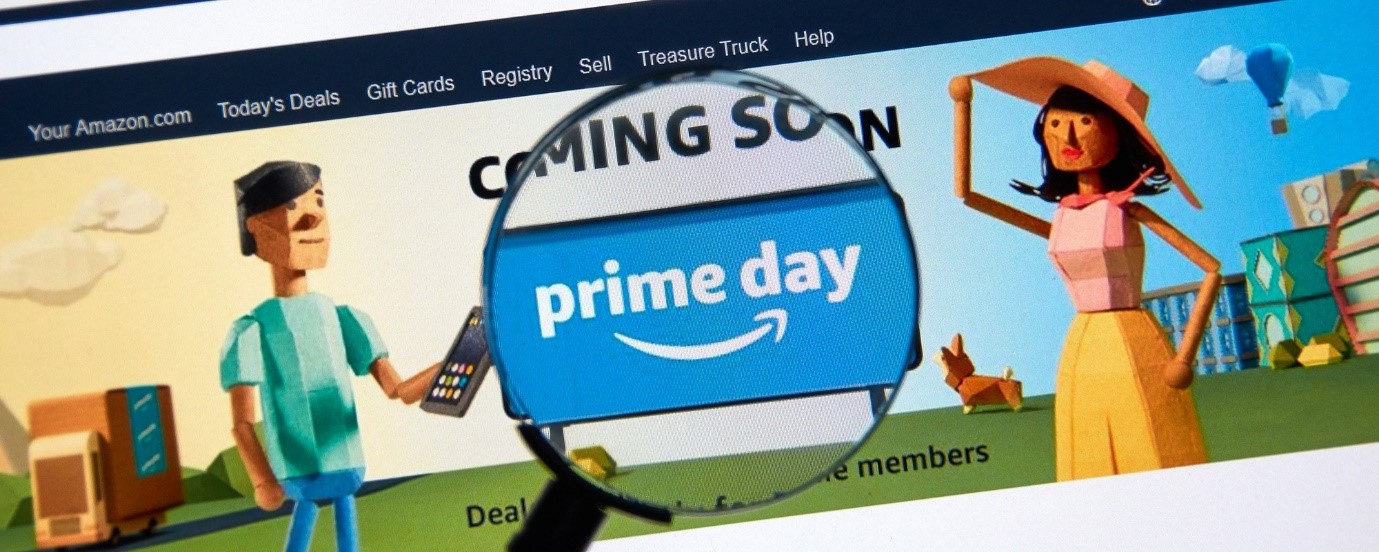
- January 22 2024
From Likes to Sales: Exploring Social Commerce
Welcome back to another edition of FashionAI: Sense & Cents, your ultimate destination for everything related to retail, AI, and fashion. In this edition, we’ll dive deep into the world of Social Commerce – a glance into how it came to be, its relentless growth, and what’s the latest update on it –
Be the first to know by subscribing to our newsletter!
In an age where word-of-mouth marketing has evolved into clicks and shares, social proof has become an essential part of any successful eCommerce strategy. When consumers see validation from peers, influencers, and other buyers, they’re more likely to make a purchase.
The TikTok-ification of ecommerce signifies a shift in the ecommerce paradigm, and it’s creating a ripple effect across the entire digital commerce landscape. Lines are getting blurred between socializing and shopping, allowing users to discover, explore, and purchase products without leaving their social feeds. The social commerce market is growing exponentially, with projections estimating it to reach $1.2 trillion by 2025.
The Growth of Social Commerce

The rise of social commerce is not a fleeting trend; it’s a paradigm shift poised to redefine the future of ecommerce. By 2023, it’s estimated that 45% of customers would prefer to make purchases directly from their favorite social media platforms. Moreover, the burgeoning concept of the metaverse introduces the potential of shopping carts powered by virtual or augmented reality.
Trust plays a pivotal role in social commerce. Shoppers rely heavily on influences when making a purchase on social media. Friends, product reviews, brand familiarity, and recommendations from significant others are all influential factors in a buyer’s decision-making process.
Fueled By Creators

Beyond leveraging the foundation of online socializing, the growth of Social Commerce has accelerated the flourishing creator economy. It is centered around individuals who create and monetize digital content. This includes both influencer-generated content and user-generated content (UGC).
Influencers have proven to be an excellent marketing strategy, given their established follower base. However, as the influencer space became saturated with paid advertisements, consumers started to exhibit caution.
This is where the importance of UGC gets highlighted. This type of content originates from customers who share their own authentic experiences. As it is created organically and without any endorsements, UGC holds a distinct level of trust and confidence that might be missing in influencer content. Customers provide genuine and realistic product recommendations, which naturally benefit any ecommerce platform or business.
A Viral Sensation

Given the combination of escalating reliance on online shopping and ever-increasing usage of social media, the rapid rise and widespread popularity of social commerce come as no surprise, even beyond the pandemic era.
Gen Z primarily prefers to shop on Instagram and find new products on Tik Tok signifying their strong inclination towards social media-driven shopping habits. As they represent the upcoming generation of shoppers, social commerce can be expected to surge in sync with these trends. This dominance is already apparent with Amazon’s recent Prime Day-related content on TikTok, where the hashtag was used nearly 400 million times in just 48 hours, from 11th July onwards.
What Makes Social Commerce So Special?

There are numerous benefits of social commerce for brands and retailers. With the efficiency of ecommerce platforms, the element of human advice, and recommendations from brick-and-mortar stores, it is the best of both worlds. This enables consumers to shop what is in front of them almost instantly, assisting with purchasing decisions, and leading to higher conversions.
UGC, in particular, can also prove beneficial for your business, based on authenticity and trust. They can leverage Smart Visual Search and Shop the Look Recommendations to help customers find what they see on social media.
Additionally, what makes social commerce so great is that it gives businesses a chance to build stronger relationships with their customers, for higher loyalty and satisfaction levels. They find social media as an efficient route to people’s thoughts and concerns. This ultimately results in a faster turnaround for problems and an audience that witnesses this exceptional support!
Adding AI for Chatbots and conversational commerce can be transformational here. By embedding this on platforms, media engagement strategies and the customer experience of businesses improve tremendously.
Fresh Milestones

Recently, there have been some exciting advancements in the realm of Social Commerce. First off, while Instagram already launched product tags in feed posts in April for its American users, it is now also testing product tags in stories. Although the system only tags products from a connected catalog currently, this move is undoubtedly a step forward toward better and more integrated product tagging.
Their main goal with this is to bring both brands & creators into the real world. This would build tangible experiences that are a blend of virtual and reality, bringing forth a new dimension to social commerce.
The Bottom Line

As social commerce continues to evolve and grow, businesses need to keep pace with these changes and leverage these new opportunities to stay competitive in the digital market. Whether it’s optimizing their social commerce strategies or embracing new technologies like the metaverse, the future of ecommerce is here, and it’s more social, personalized, and engaging than ever before.

Want to know about the next big thing in ecommerce? Go over to our post now!

